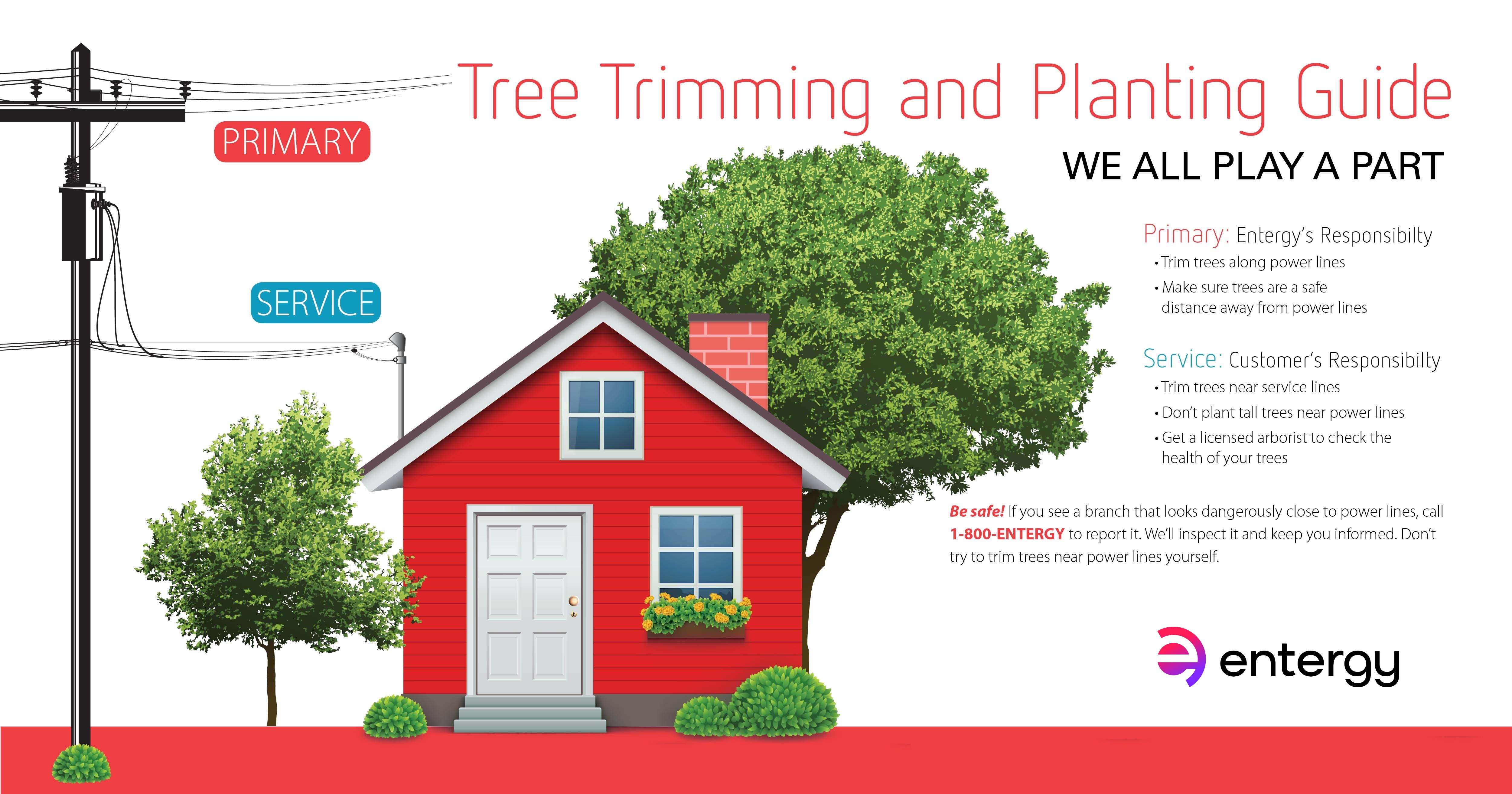Indicators That Tree Removal Is Needed: Recognizing Dangerous Trees
Indicators That Tree Removal Is Needed: Recognizing Dangerous Trees
Blog Article
Write-Up Produced By-Troelsen Butcher
When it pertains to tree care, acknowledging the indications that it's time for removal is necessary for your safety and security and residential or commercial property. You may observe discolored leaves, wilting branches, or weird fungal growths showing health issue. https://www.google.com/maps/uv?pb=!1s0x87695392e3f6d517%3A0xc91102aef5ddf5d8!5sPrecision%20Timber%20Felling!15sCgIgARICEAE&authuser=2&imagekey=!1e10!2sAF1QipMaabj_NtJ5-bsEVtlEVTmZlYYN7mMnZqTI8UQP , like a substantial lean or splits in the trunk, can additionally pose risks. Comprehending these warning signs can assist you make informed choices about your trees and stop potential threats lurking in your backyard. What should you try to find next?
Signs of Decay and Condition
When you observe signs of degeneration and disease in your trees, it's vital to act quickly. Look for discolored fallen leaves, wilting branches, or uncommon growths like fungi. These can indicate that your tree is having a hard time.
If you see fractures in the bark or soft, mushy timber, these symptoms suggest internal degeneration. Additionally, a sudden increase in bugs around your tree can signal that it's damaged and at risk.
Look for any dead or dying arm or legs, as they pose a risk to your residential or commercial property and safety. If you're uncertain about what you see, seeking advice from an arborist can provide clearness.
Attending to these indicators early can conserve you from a lot more substantial damage and make sure the wellness of your lawn. Don't wait until it's too late.
Structural Instability and Leaning
As you observe your trees, watch out for any kind of indications of architectural instability or leaning. If a tree leans considerably, it may suggest that the root system is endangered.
Look for any type of fractures in the trunk or soil around the base; these can signal potential failure. Furthermore, look for uncommon development patterns, like an uneven crown, which might recommend that the tree is struggling to hold itself upright.
If you see that the tree favors your home, high-voltage line, or other structures, it poses a greater threat. Don't overlook these signs-- consult an arborist to evaluate the circumstance.
Doing something about it early can protect against costly damage and ensure your security.
Dead or Perishing Branches and Vegetation
If you notice dead or dying branches and foliage on your tree, it's a clear sign that something's incorrect.
These unhealthy areas can show underlying issues like condition, parasite invasions, or environmental anxiety. When web link lose their leaves or turn brownish, they're no more contributing to the tree's wellness. Ignoring these signs could bring about further decline, making your tree extra harmful.
Dead branches can conveniently break off during storms, positioning a danger to building and individuals nearby. It's vital to examine the extent of the damages.
If the issue impacts a considerable part of the tree, think about speaking with a professional. They can help figure out if elimination is necessary to ensure security and keep the elegance of your landscape.
Final thought
If you notice any kind of indicators of degeneration, architectural instability, or dead branches on your trees, do not ignore them. These signs can posture serious security dangers to you and your residential or commercial property. It's always best to consult an expert arborist that can supply an expert evaluation of your trees. Acting early can avoid accidents and expensive damage, ensuring your landscape stays risk-free and healthy and balanced. Remember, it's much better to be aggressive concerning tree care than to await a catastrophe to occur.
